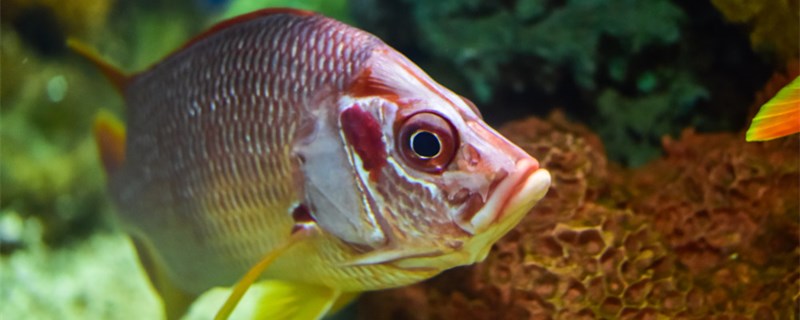
There are advantages and disadvantages to keeping oxygen in the fish tank. On the one hand, sufficient oxygen can really make the fish breathe more smoothly, and there will be no hypoxia. It is also helpful for the reproduction of some aerobic bacteria, and at the same time, it can maintain the water quality. On the other hand, fish living in high dissolved oxygen environment for a long time, once put into the water with slightly lower dissolved oxygen, will immediately produce stress reaction, and even lead to their death.
1. Daily oxygenation: If the number of fish is large, the breeding density is relatively high, or they are all large fish, the demand for oxygen is relatively high, which requires oxygenation at ordinary times. However, it is enough to control the oxygen time in 2-4 hours a day, 4-6 hours in summer and rainy weather, and 1 hour in the evening if there are aquatic plants.
2. Bacteria culture and oxygenation: When the fish tank is opened, bacteria need to be cultured. The bacteria here are nitrifying bacteria, which are aerobic bacteria. Oxygenation helps its growth and reproduction. Therefore, after pouring nitrifying bacteria, it is often necessary to continue oxygenation for 24-48 hours, so as to better establish a nitrification system.
3. Oxygen during illness: If the fish is sick, it also needs to be given proper oxygen. Adequate oxygen is very helpful for its recovery. Moreover, when some drugs are put into water, they will affect the oxygen content themselves, and oxygen can also play a role in supplementing dissolved oxygen.